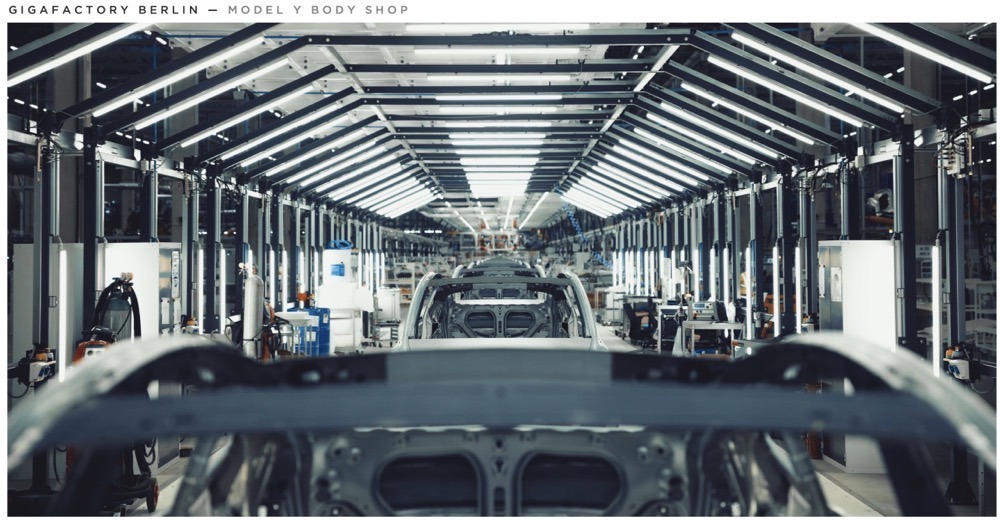
Tesla Says Nearly 50% of Cars Produced in Q1 Had LFP Battery Packs

Tesla’s Q1 2022 saw record delivery and production numbers, along with revenue and net income. The company also detailed how it is diversifying its battery chemistries for long-term growth.
Back in October during its Q3 2021 earnings, Tesla said it was shifting its Model 3 and Model Y Standard Range cars to Lithium Iron Phosphate (LFP) battery chemistry packs, globally.
Fast forward to Q1 2022, Tesla says nearly 50% of all cars produced in the quarter were equipped with LFP battery packs, that do not contain nickel or cobalt.
“Currently, LFP batteries are used in most of our standard range vehicle products, as well as commercial energy storage applications. As a result of our energy efficient motors, a Model 3 with an LFP battery pack can still achieve a 267-mile EPA range,” said Tesla in its shareholder slide deck.
LFP battery packs are able to be charged to 100%, are less expensive to produce, can be charged quickly and also have high-cycle life, but one downside is lower density. Coupled with Tesla’s drivetrain efficiency, LFP packs for entry-level vehicles are proving to be very efficient, as the company stated with its Model 3 and its 267-mile EPA range.
Other core technology highlights in Q1 from Tesla included seven Full Self-Driving (FSD) software updates in 2022. “Our team continued to work on reducing disengagements, particularly focusing on unprotected left turns and smoothness of the ride through reduction of slowdown events.”
Tesla reiterated it is planning to release FSD Beta to all U.S. FSD customers before the end of 2022; the company also initially released FSD Beta to some customers in Canada in March.
As for Tesla’s car software, Q1 saw added mobile app controls for Dog Mode, Camp Mode, Bioweapon Defense Mode and Cabin Overheat Protection in climate control; enabled users to customize the color of their vehicle in the UI with metallic and matte finishes; and brought Disney+ to more countries worldwide (Canada and Europe).
Tesla says they also “improved charging time estimation accuracy by accounting for battery temperature and allowed child lock to be engaged on individual rear doors — left, right or both.”

